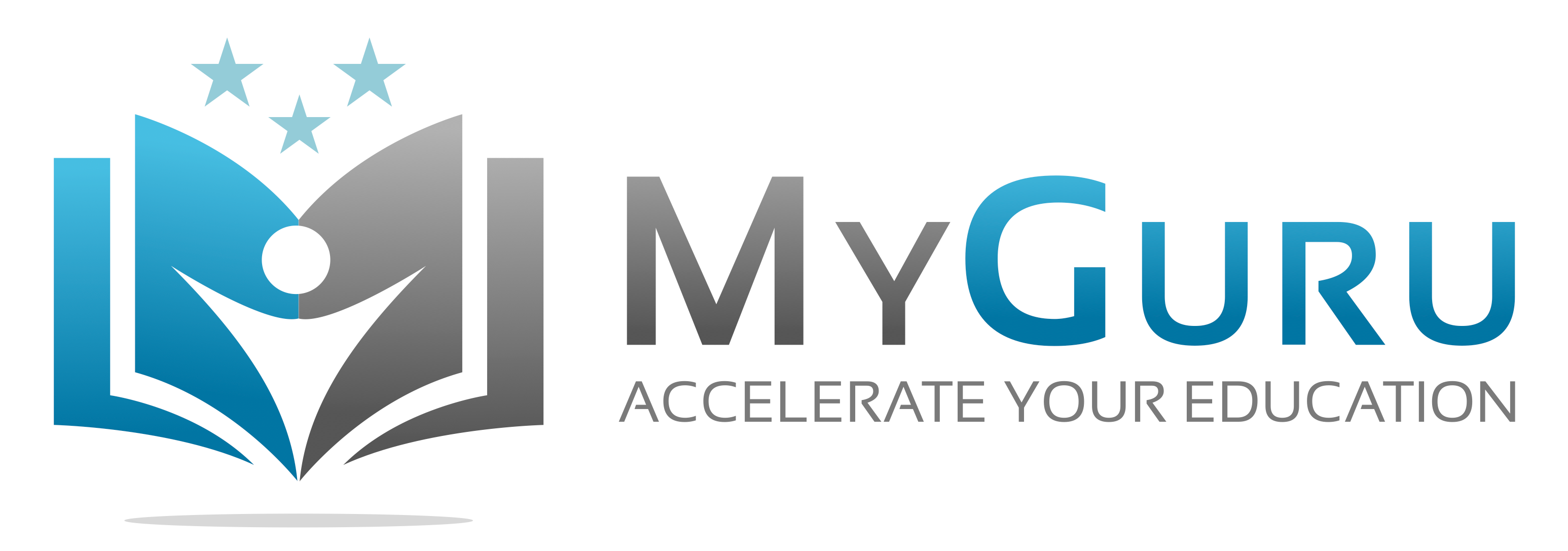MyGuru is launching a new book summary program where we summarize and analyze books that discuss recent research on what drives academic performance and leads to...
How to Boost Your Reading Comprehension
 Reading comprehension is one of those critical skills that you use on a daily basis. Many may think that simply reading will help strengthen their reading comprehension skills, but that isn’t necessarily true. Reading comprehension goes beyond reading and understanding the words that make up a sentence. Reading comprehension involves deciphering the topic and purpose of the sentence, paragraph, or article at hand. Without reading actively -- that is reading, remembering, and analyzing what you’ve read -- your reading comprehension skills won’t improve very much. So, how can you learn to read actively? Take a look at the tips and strategies listed below to learn how to read actively.
Reading comprehension is one of those critical skills that you use on a daily basis. Many may think that simply reading will help strengthen their reading comprehension skills, but that isn’t necessarily true. Reading comprehension goes beyond reading and understanding the words that make up a sentence. Reading comprehension involves deciphering the topic and purpose of the sentence, paragraph, or article at hand. Without reading actively -- that is reading, remembering, and analyzing what you’ve read -- your reading comprehension skills won’t improve very much. So, how can you learn to read actively? Take a look at the tips and strategies listed below to learn how to read actively.
Preview Your Text
Do you habitually skip the summaries and focus questions at the beginning of your textbook chapter? Don’t! These summaries and guided questions are there to help you read smarter! Before diving in and reading an article or text in its entirety, take time to briefly preview the chapter summaries and guided questions. If you are reading an article or a book, preview the text by reading the title and the paragraph titles. Previewing the text prior to reading it in length will give you a basic understanding of the main topic and/or purpose of the text. Educators at Education Corner write that reading the introduction, table of contents, chapter headings, and bold print can be strong indicators of what the main topics of a text will be. Knowing what the main topics and main purposes are ahead of time will help you to determine what information to pay close attention to and how the text will develop.
Jot Down Questions
Now that you have a general idea of what the main topics of the text are, rewrite the chapter titles, chapter subtitles, and paragraph headings into questions. For example, a chapter title that reads “Principles of Macroeconomics” can be easily rephrased into a question: ‘What are the principles of macroeconomics?”. Jotting down questions prior to reading a text in full will help you navigate what the main points are, and what information you should take away once you’ve completed reading the text.
Read!
Previewing and jotting down questions will help prime you on what to expect in the text. You’re all set to beginning reading. When reading, pay close attention to the first and last sentence of every paragraph. The first sentence often introduces what the main topic of the paragraph is, and the last sentence typically summarizes the main point and indicates the direction the next paragraph is going to take. The McGraw Center for Teaching and Learning at Princeton University recommends bracketing the main idea of the reading, writing notes in the margins, and creating an outline of the reading to aid in conceptually understanding the reading.
The key to active reading is making sure that you understand the main idea of the text, the function it serves, and how the main idea or main argument develops over the course of the reading. To track how the main idea develops, keep note of pivotal words such as additive words (and, also, furthermore), compare/contrast words (conversely, despite, however), and cause-and-effect words (accordingly, because, hence). When you see these words, pay attention! These words are important because they indicate the direction of the main idea. To review more pivotal words, check out the pivotal words guide published by Dartmouth College.
Recall What You’ve Read
After you have finished reading your text, take some time to write a brief summary. Your summary shouldn’t exceed one page. In your summary, recall the main idea of the text, the main purpose of the text, the points that the text brought up, and important details. Writing a summary of the text does two things: 1) it gives you an opportunity to check whether or not you fully understand the text and the argument. 2) you have a summary that you can quickly review when preparing for exams. If you're summary indicates that you didn't fully understand the text, go back and re-read it. It may take two or three times reading an article before you can clearly identify the main idea. If this occurs, try breaking up the reading in chunks and deciphering the main idea of each paragraph. Once you've identified the main idea of each paragraph, string the ideas together to help you understand the text as a whole.
Review
The most effective way to retain the text that you’ve read is to review the text or your summary. Revisit your summary and quiz yourself on how much you remember about the text and the main points that the text addresses. If there are some points or concepts that you don’t fully understand, review the text. Take the review process a step further by spending time posing questions about the main idea, teasing out the assumptions that the author makes in her text, and real-world applications of the concepts presented in the text. This extra step will help you to have a stronger understanding of text, and will help you retain the main ideas of the text.
Reading actively takes practice and time. Practice utilizing these tips and strategies and you’ll start to see your reading comprehension strengthen!
About the Author
Banke is one of MyGuru's most accomplished tutors, as well as a frequent blog contributor. For more information on Banke's background and tutoring experience, click here.
